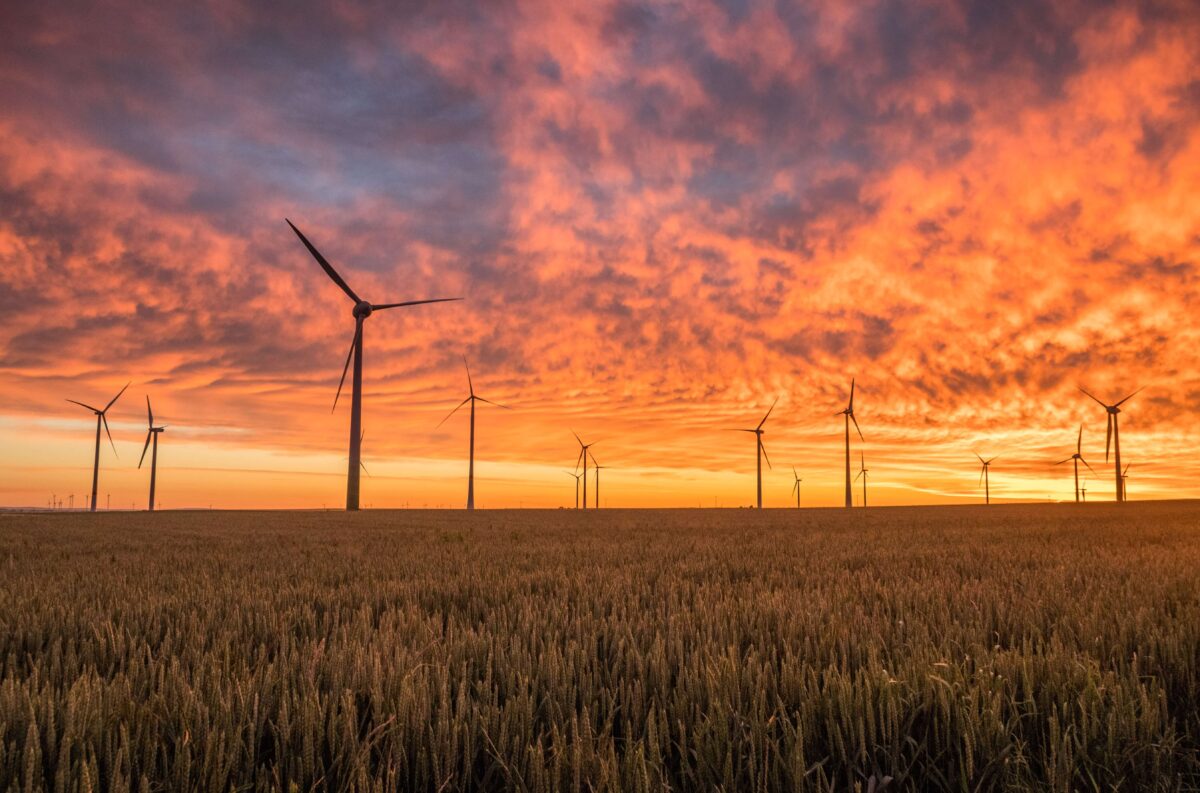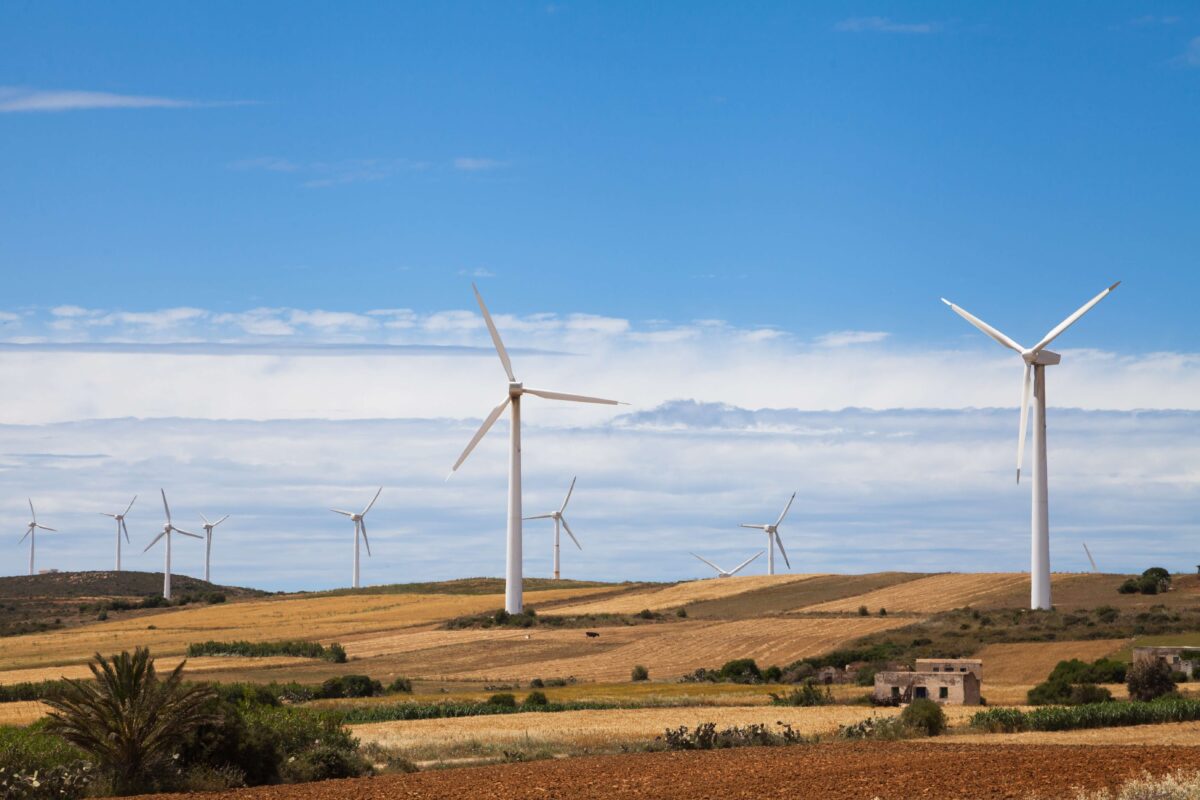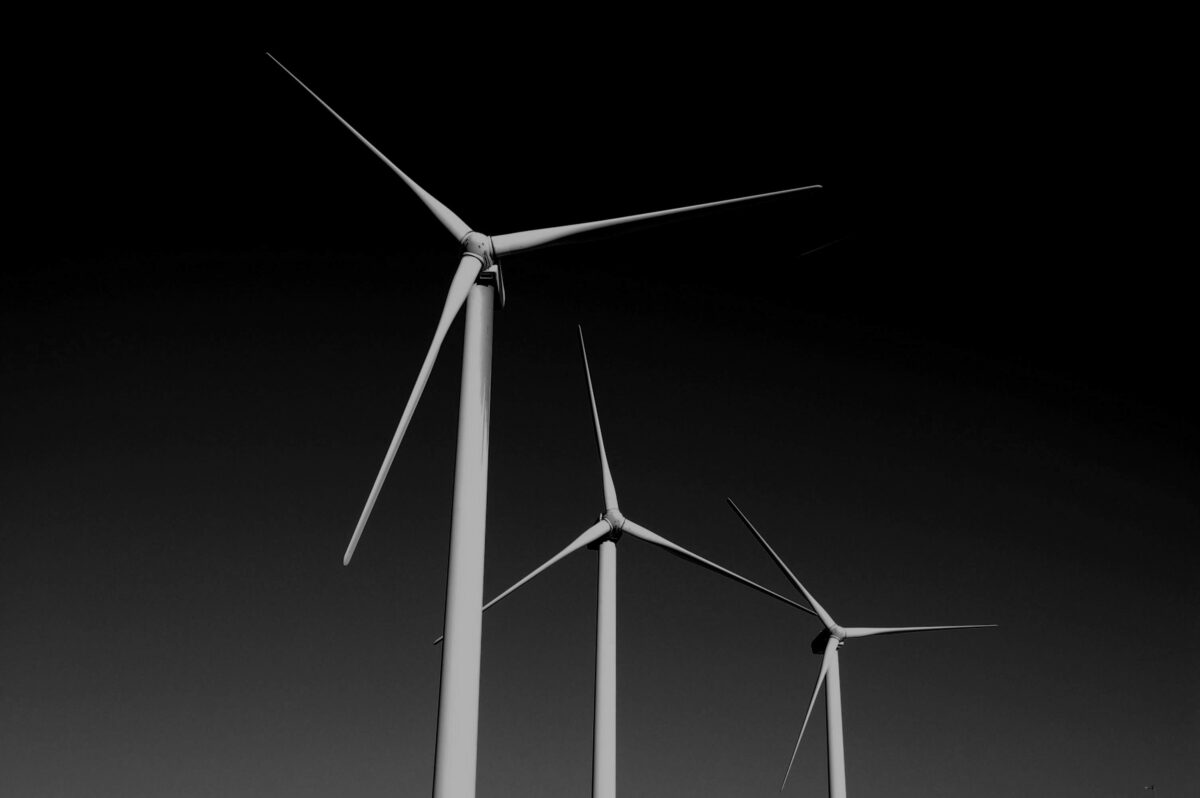India adds more production capacity from renewable technologies
The rise of renewables
Over the past year India has added more production capacity from renewable technologies (11,788MW) than from more conventional thermal and hydro sources (5400MW), with lesser known sources such as small hydro, waste-to-energy, and biomass really picking up the pace and surpassing annual targets set by the government.
Every village in India now has access to power in either on or off-grid form. This means that over 10% of homes as well as public services (e.g. health centres, schools) have access to electricity, reducing the need for kerosene, supporting improved education and health services, and enabling greater access to services and economic activity. However, there are still millions of homes without access to electricity, which a scheme launched last September aims to address through delivering packages of solar panels, batteries, and LEDs to willing homes.
In Kenya, the World Bank has approved a $180 million loan guarantee for Kenya Electricity Generation Company to help refinance KenGen’s existing loans, enhance its credit quality, and promote further development of renewables. KenGen, which is 70% government owned, is looking to ramp up electricity production and investment in the grid to keep up with growing demand for power, reduce blackouts, and ultimately lower the cost of electricity.
China has topped EY’s Renewable energy country attractiveness index (RECAI) for the third year in a row, with the US overtaking India to move into second place. The UK climbed to 9th place as its market adapted to subsidy free PV, onshore wind projects, and moved to repower old wind farms.
But things look gloomier for Australia, where the industry is threatening to come to a halt following uncertainty around the National Energy Guarantee (NEG). Awaiting a final decision in August, the NEG is problematic for renewables as it forces utilities to meet reliability standards while placing no emphasis on further emissions reductions from the stationary energy sector. It also brings hydro and rooftop PV in its remit, putting the stationary energy sector on track to meet targets and effectively voiding the targets from 2020 to 2030 as emissions reductions goals would now already be reached through this reclassification. According to John Grimes, CEO of the Smart Energy Council, this would “essentially trash” the current renewables pipeline of 16GW in solar PV, wind, pumped hydro and energy storage, making the NEG “worse than doing nothing”. After holding an emergency meeting attended by 250 businesses and organisations from the around the country, the Smart Energy Council has now got backing from 98% of attendees to run a strong political campaign in response.
Corporate clean tech
Corporate demand is a key driver of large scale wind and solar growth, accounting for over 2GW (36%) of contracted wind capacity and 16% of solar capacity in 2017. Initially large corporate buyers purchased their own wind and solar projects contracting with independent power producers for off-site generation. However, difficulties in contracting in regulated vertically integrated markets led to the development of the green tariff concept, whereby regulated utilities can sell renewable energy services to corporate customers bringing new load to the system.
Corporate customers are now requesting green tariffs for existing load as well as new load, sparking innovation in the form of the Clean Power Council. Through the CPC’s forum, utilities and corporate customers can engage in a dialogue around new ways to meet corporate climate change challenges, moving away from a “cookie-cutter, one-size-fits-all green tariff” and toward specific needs and tailored services.
Big companies have set the path for smaller ones, who have become more comfortable following these “green” footprints, attracted by long-term contracts buying power for wind and solar farms and the growing standardisation in purchase agreements. So far this year 36 businesses, government agencies, and universities have agreed to buy 3.3GW of wind and solar.
And Vattenfall are hoping to spark further engagement through customisable power purchase agreementsfor corporate customers in Britain. Aiming to make renewables more accessible to businesses, the state-owned Swedish company will offer renewable power to customers in units upward from just 1MW at index-linked fixed prices for time periods of 10-20 years.
Markets, regulation, and value chains
In the UK, incorporation of an over-arching low-carbon incentive into the regulatory framework has been proposed as a mechanism to support network investment and the transition to a low carbon energy system. A Sustainability First discussion paper proposes that the UK would benefit from a more explicit and coherent approach to low carbon delivery – potentially in the form of a new low carbon incentive, common to every network. As well as simplifying the regulatory framework and ensuring a clearer and more coherent focus across the sector, such an incentive could incentivise the adoption of ‘low-carbon’ innovation, provide greater flexibility to companies exploring new low carbon opportunities, and support a more strategic focus on outcomes.
The New York Independent Systems Operator (ISO) is also proposing a carbon pricing mechanism to reflect the state’s aggressive decarbonisation goals (80% by 2050), subjecting suppliers to carbon charges. Currently the ISO is focussed on the process of incorporating the cost into the wholesale market to ensure fair participation alongside imports and exports, with an expectation that energy suppliers embed the carbon price into their offers (to be debited during settlement) while continuing to receive full locational based marginal pricing. It is anticipated that this would raise the market clearing price when carbon emitting resources are on the margin, such that “all suppliers including clean energy resources, would receive the higher energy price, net of any carbon charges due on their emissions” according to the straw proposal. Setting the price will be done in a further process, though according to a recent Brattle report, a $40/tonne charge would have a relatively small impact on consumers.
In California, a new electricity market, proposed by PJM Connext and Peak Reliability, could offer unique benefits compared to existing markets, compensating flexible resources in a more systematic and transparent manner. As proportions of renewables in grids increase, it becomes increasingly important to procure services that can balance the grid, absorbing energy in times of excess generation, and exporting when it fails to meet demand. The proposal offers more transparency in how such flexibility would be compensated, based on regional conditions rather than individual, bilateral discussions.
Blockchain has the potential to shift value chains in the energy industry and enable new business models around peer-to-peer trading, IoT device operation, flexibility schemes, and investment incentives. The technology removes the need for central co-ordination of transactions, which are instead performed peer-to-peer and in real time, with integrity and security guaranteed by the blockchain. But, while new market entrants and incumbent utilities alike are increasing efforts to develop blockchain based services, there have been few scalable case studies to date. Most well known in the energy sector is the Transactive Grid project in Brooklyn, New York. This has since sparked 40 projects across 122 organisations, and over $300 million of investment in 2017 alone. Start ups and utilities, such as Innogy, Fortum and Vattenfall, are running blockchain projects, but finding specific business models that support various use cases of the technology while also complying with regulatory requirements is proving difficult, with the right to be forgotten under the European General Data Protection Regulation providing a major hurdle. Applications must also be adaptable between countries to meet specific national laws (or else national laws must adapt to assimilate the principles of blockchain). And while there is much hype around blockchain, this needs to be developed into viable business models focused on real existing problems faced by the energy sector in order to justify continued funding for projects.
This is something Centrica are hoping to do in their £19 million local energy marketplace trial, exploring the potential for local, decentralised markets to support local grid flexibility in Cornwall. The trial has been in the works for over a year, and has already signed up 150 homes and businesses to participate. The blockchain trail will test a range of innovative transactive measures, including multi-party peer-to-peer trading, building on LO3 Energy’s Exergy platform.
Storage
Armagh Glass, a packaging facility in Scotland, is getting a 2MW Tesla battery on a ‘no-money-down’ deal. Aimed to help Armagh manage onsite electricity costs, reduce emissions, and provide back up for the facility’s must-run functions, the battery will also deliver frequency response services to the grid (in National Grid’s Dynamic Firm Frequency Response market) via an operating platform supplied by GridBeyond. Irish state-owned utility ESB has taken on the risk for raising commercial revenues over the lifetime of the asset, with Tesla’s 10-year warranty providing investment security to the deal.
There’s no doubt that Lithium ion batteries are leading the energy storage market, but a new working paper from the MIT Energy Initiative has raised concerns over technology lock-in. Lithium ion’s dominance is seeing production exceed demand, with five top li-ion battery producers planning to triple production by 2020. But settling on a dominant technology too early can block maturation and market entry of other technologies that may be better suited to grid applications. Alternatives include various technologies such as compressed air storage and kinetic storage, but the main competitor is often seen as flow batteries, which offer almost limitless charge discharge-cycles as well as the ability to be scaled to meet demand through simply changing the size of electrolyte reservoirs. And despite the price parity being seen between some flow battery technologies and li-ion batteries, flow batteries are having trouble finding wide acceptance in the market, competing against lithium-ion’s 30-40 year history of development. Government funding has helped some flow technologies get their products from demonstration to commercial projects, and the MIT report authors suggest further innovation support such as expanding research and development funding, creating tax credits for energy storage that focus on emerging technologies, and working with international allies to counter unfair trade practices.
Voltstorage is launching a vanadium-redox-flow (VRF) energy storage system aimed at the residential market, which the company claims will be able to deliver over 10,000 full cycles and require little to no maintenance. This is the second such device launched worldwide to date, following the production and then discontinuation of 10kWh VRF systems for households by Australian company Redflow. After Redflow discontinued their residential storage solutions, it was thought that such flow storage devices would be unlikely to succeed due to the rapidly declining costs of Lithium-ion systems. However, Voltstorage claims that the VRF system can deliver a levelised cost of electricity (LCOE) of less than US$0.12 per kWh due to an automated – and ecologically sustainable – production process.
Electric vehicles
The Danish government is looking to strengthen subsidies for electric vehicles. Following a change in policy to reintroduce registration tax, EV sales dropped from nearly 5000 in 2015 to 700 in 2017. Now the country’s Premier minister is considering introducing new subsidies alongside a plan to increase the renewable energy ratio in the country through investment of 1.6 million euros to exit fossil fuels by 2050.
And in the US, the Department of Energy (DOE) have announced $19 million of cost-shared research support on battery and vehicle electrification technologies, with a particular focus on extreme fast charging to address range anxiety issues. DOE seek to reduce charge times from 8 hours to sub 15 minutes by increasing charging power from 7kW to 400 kW. While DC fast chargers may be “critical” for the development of the EV market, this could have serious implications on the grid and the ability to deliver large quantities of power.




